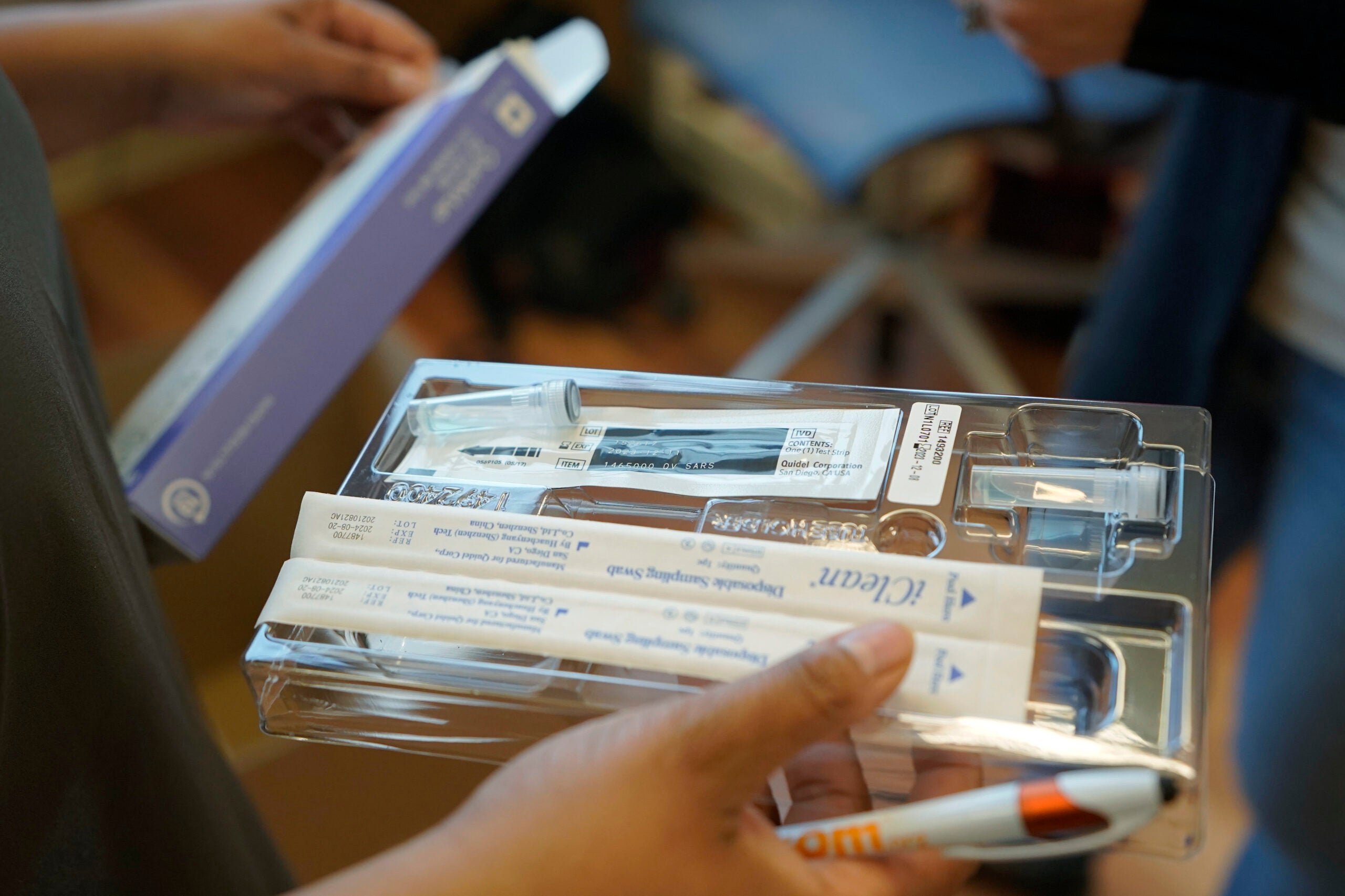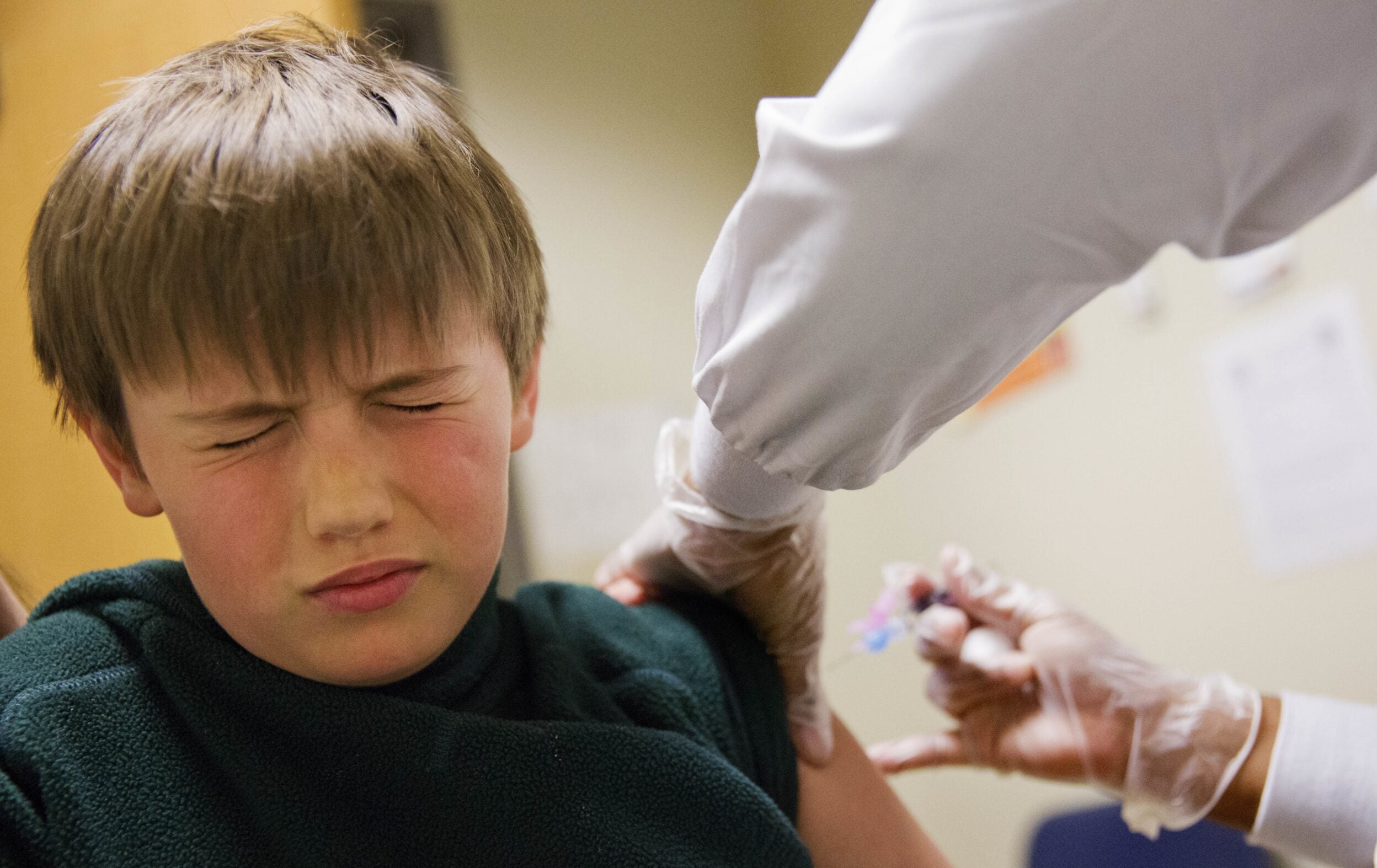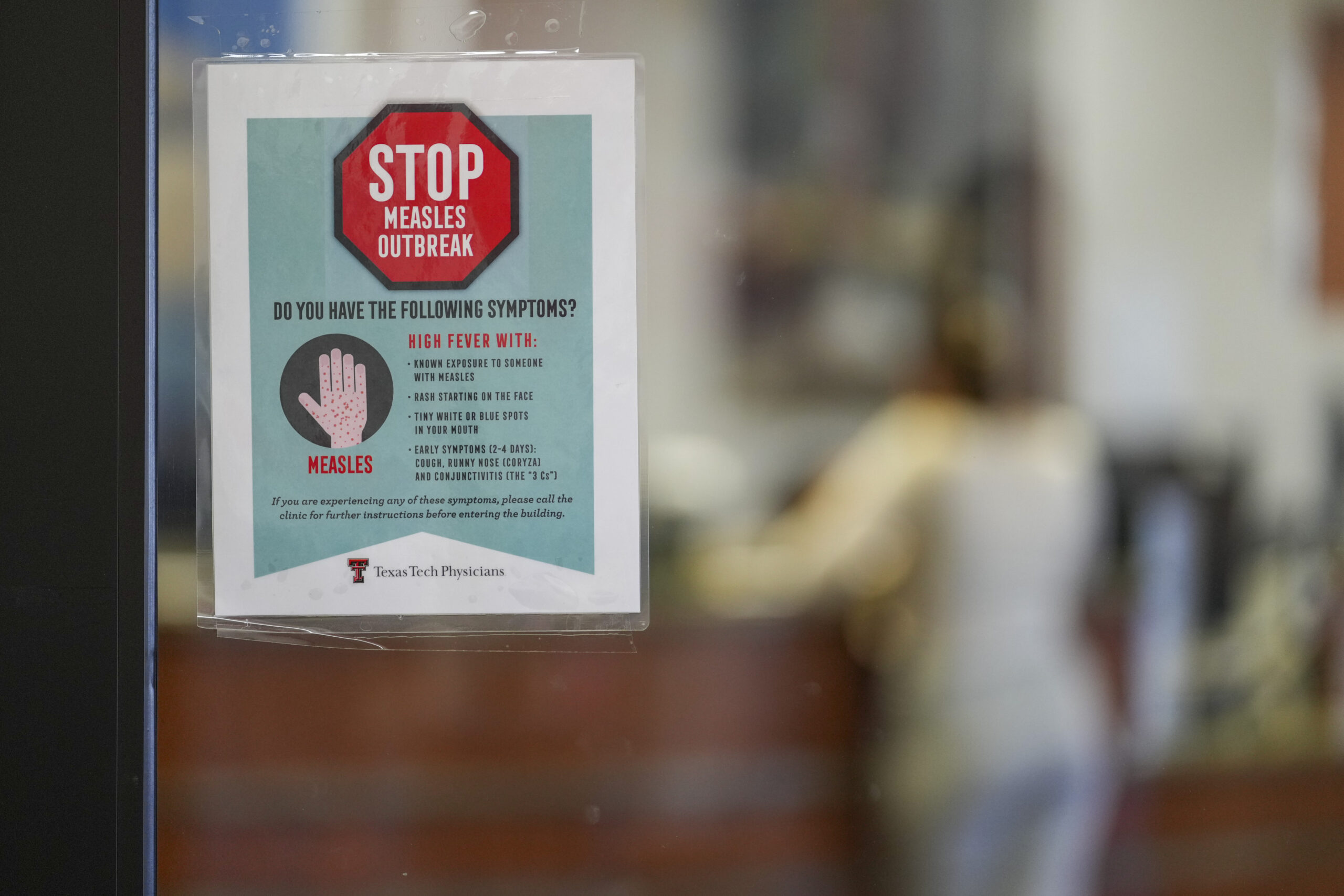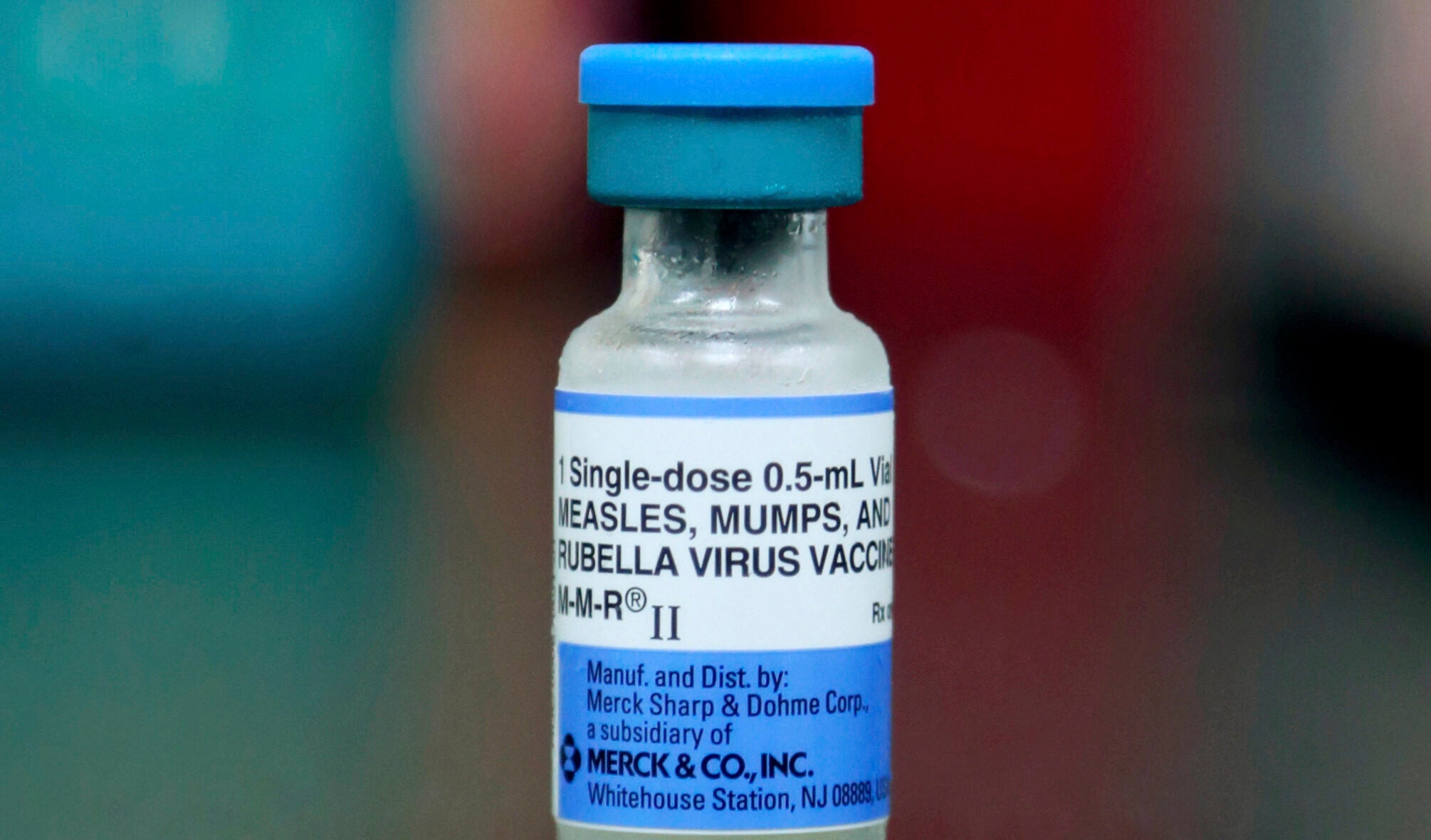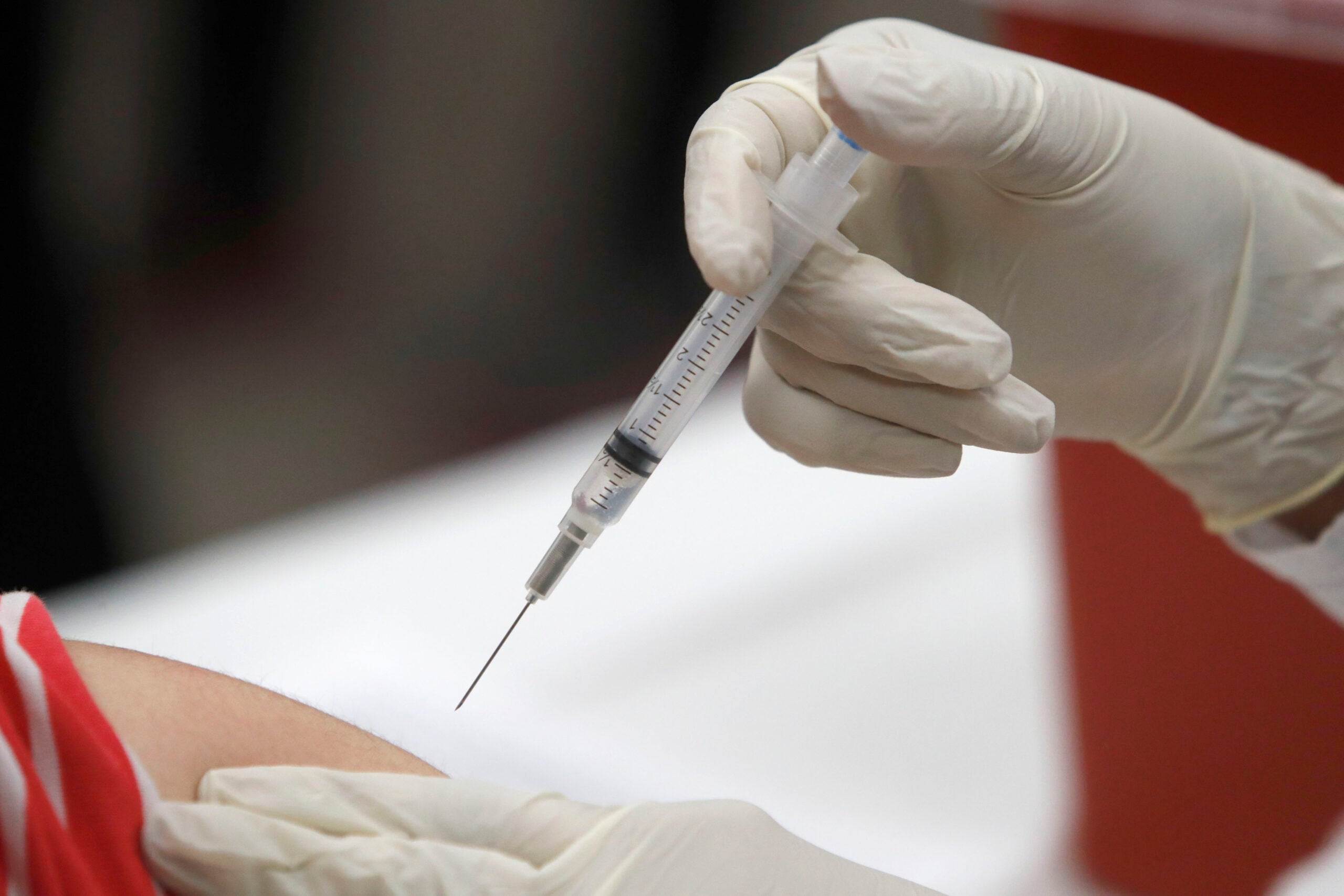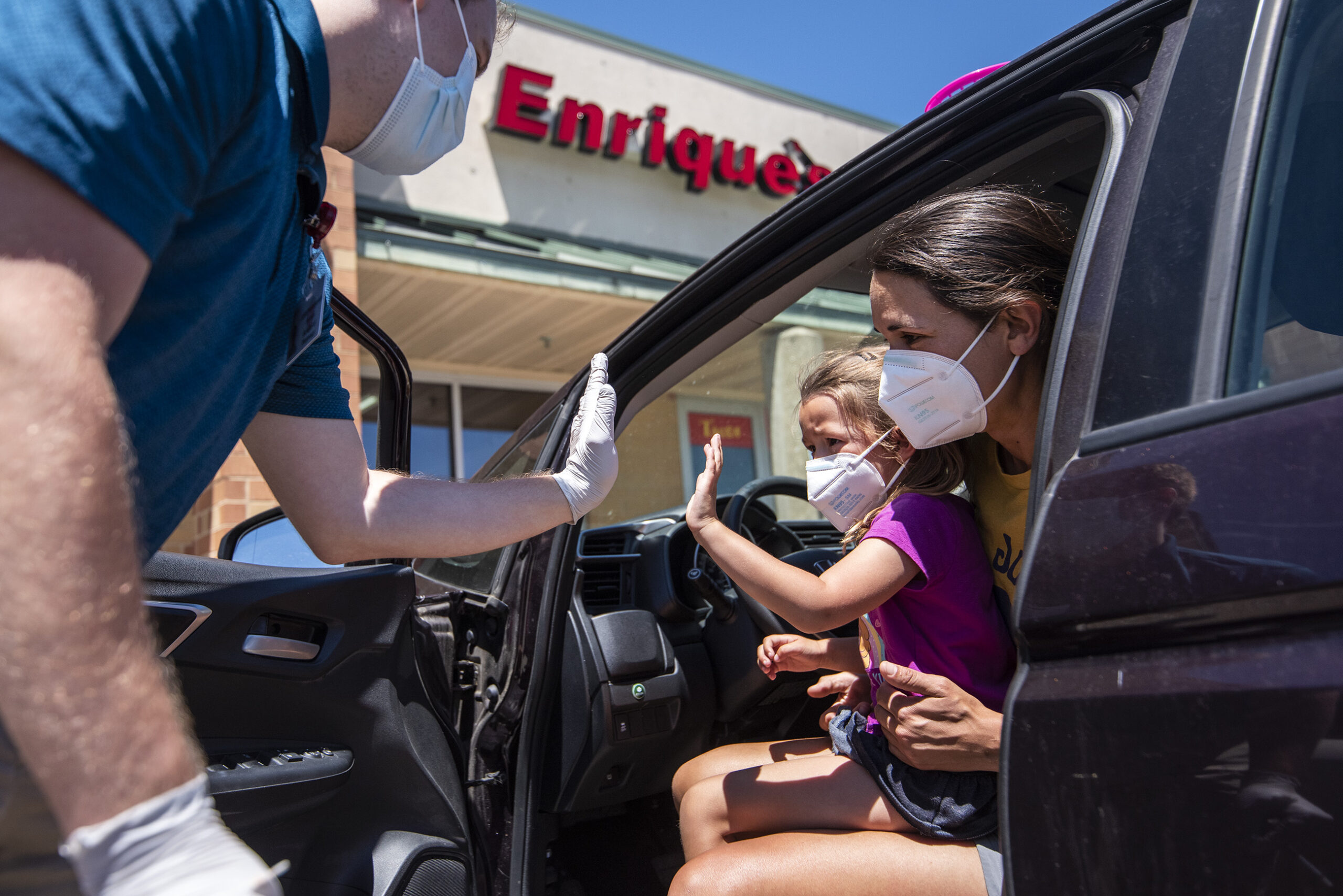The Wisconsin Department of Health Services is shifting away from PCR tests for COVID-19. The agency announced last week it would instead use antigen tests to provide rapid results to people being tested at community sites.
Rapid tests will be performed by DHS staff and PCR tests will be available for people who are symptomatic, but test negative with an antigen test.
The antigen-first model aligns with guidance from the U.S. Centers for Disease Control and Prevention of using PCR tests only when “confirmatory testing” is needed.
Stay informed on the latest news
Sign up for WPR’s email newsletter.
According to DHS, the change will allow for more testing in the event of a COVID-19 surge.
Dr. Ajay Sethi, professor of Population Health Sciences at the University of Wisconsin-Madison, said the shift is needed after the federal government ended its free, at-home COVID-19 testing program at the end of August.
“With the rapid at-home test, you can start taking precautions, and that was the beauty of the federal at-home test distribution program,” Sethi said. “But the funding dried out, and I’m glad to see that the state is going to make rapid tests more accessible.”
As far as confidence in rapid tests, Sethi said timing is everything.
“There is a such thing as testing too early after you’ve been exposed … but a negative test while you’re symptomatic by PCR you can believe that definitely. With the rapid tests, you can kind of believe that, but if you’re symptomatic and you know for sure that you were exposed to somebody who had COVID … that’s why we have that instruction to repeat the test within 36 to 48 hours.”
“But repeating the test and having two negative tests — you can be more confident,” he added.
Sethi said rapid tests are most useful for surveillance, and screening for risk of transmission, whereas PCR tests are more effective for diagnosis of an actual infection.
DHS’ Community Testing Support Program was revived in October 2021 to provide free testing supplies, courier services and reimbursements for specimen collection to program participants.
“People have confidence in and are more eager to access services in their local, trusted spaces, and this is true for COVID-19 testing as well,” DHS Deputy Secretary Deb Standridge said last October when the program relaunched. “We are thankful for all of our partners across the state who have worked throughout this pandemic to ensure all Wisconsinites have access to COVID-19 testing services.”
On Friday, DHS conducted nearly 11,000 tests — 9 percent of which were positive.
The seven-day average for new COVID-19 cases in Wisconsin was 841 as of Friday. A total of 13,499 people have died from the disease in Wisconsin. As of Friday, 56 Wisconsin counties had low community spread; 13 counties had medium spread; and Barron, Rusk and Sawyer counties had high community spread, according to DHS.
DHS recommends residents living in counties with high community spread wear well-fitting masks inside public buildings regardless of vaccination status.
Nearly 62 percent of Wisconsinites are fully vaccinated — 82.1 percent of people age 65 and older and 59.3 percent of children ages 12-17. With vaccines for the state’s youngest residents now available, 1.6 percent of children ages 6 months to 4 years old have been fully vaccinated.
DHS is expected to continue its community testing program through June.
Information on where to find a COVID-19 test can be found at DHS’ community testing webpage. You can also dial 211.
Wisconsin Public Radio, © Copyright 2025, Board of Regents of the University of Wisconsin System and Wisconsin Educational Communications Board.
